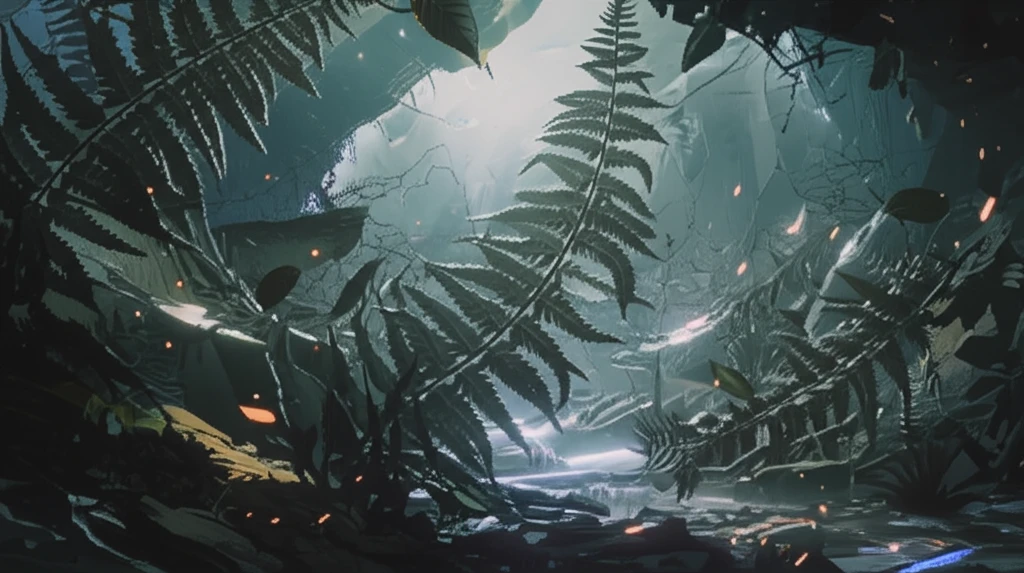
Unearthing Ancient Ferns: How Fossils Are Rewriting the Story of Plant Evolution
"Discoveries in fossilized ferns are challenging what we know about plant history and adaptation, offering new insights into climate change resilience."
The world of paleobotany is constantly evolving, and recent discoveries are shaking up what we thought we knew about plant evolution. Among the most intriguing finds are fossilized ferns, which are providing a new lens through which to view the history of plant life on Earth. These ancient plants offer critical insights into how vegetation adapted to drastically different climates and ecological conditions, challenging existing theories and opening new avenues for research.
Ferns, with their delicate fronds and ancient lineage, have long been a subject of fascination. Their fossil record, however, has often been fragmented, leaving gaps in our understanding of their evolutionary journey. Recent discoveries in Australia, South America, and Antarctica are beginning to fill these gaps, revealing a more complex and dynamic history than previously imagined. These finds are not just about identifying new species; they're about understanding the broader patterns of plant adaptation and resilience in the face of environmental change.
This article delves into the exciting world of fossil fern discoveries and what they reveal about plant evolution and climate resilience. From the unearthing of new species to the re-evaluation of existing fossil records, we'll explore how these ancient plants are helping us rewrite the story of life on Earth. Join us as we journey back in time to uncover the secrets hidden within these fossilized fronds.
Lygodium: A Window into Ancient Climates

One of the most significant genera in the fern family, Lygodium, offers a particularly compelling case study in plant adaptation. Lygodium, also known as climbing ferns, have a rich fossil record that spans millions of years and multiple continents. Recent analyses of these fossils are providing valuable insights into how these plants responded to changing environmental conditions during the Cenozoic Era.
- The research emphasizes the importance of both macrofossil and spore evidence in understanding plant evolution.
- Lygodium goonyellum, the new species discovered, exhibits unique characteristics that differentiate it from other Lygodium species.
- Palynological data and isotopic dates support an Oligocene-early Miocene age for the fossil-bearing unit.
- The findings challenge previous assumptions about the distribution and adaptation of Lygodium ferns.
Implications for Future Research
The ongoing exploration of fossil ferns promises to reveal even more about plant evolution and climate resilience. As new discoveries are made and existing collections are re-examined, our understanding of these ancient plants will continue to evolve. By integrating fossil data with molecular and ecological studies, researchers can gain a more comprehensive picture of how plants have adapted to environmental change over millions of years. This knowledge is crucial for informing conservation efforts and predicting how plants might respond to future climate challenges. The story of fossil ferns is far from complete, but each new discovery brings us closer to understanding the intricate history of life on Earth.
